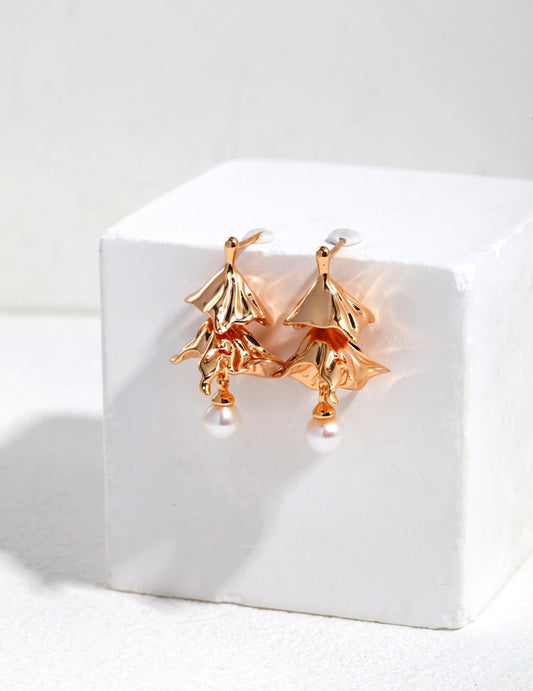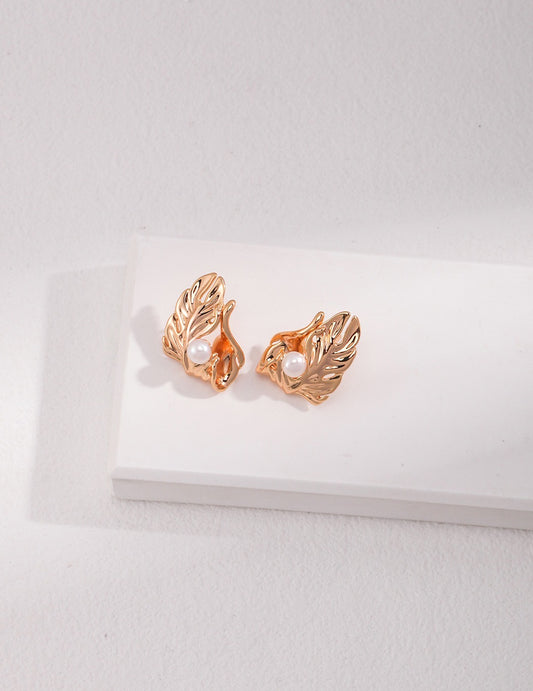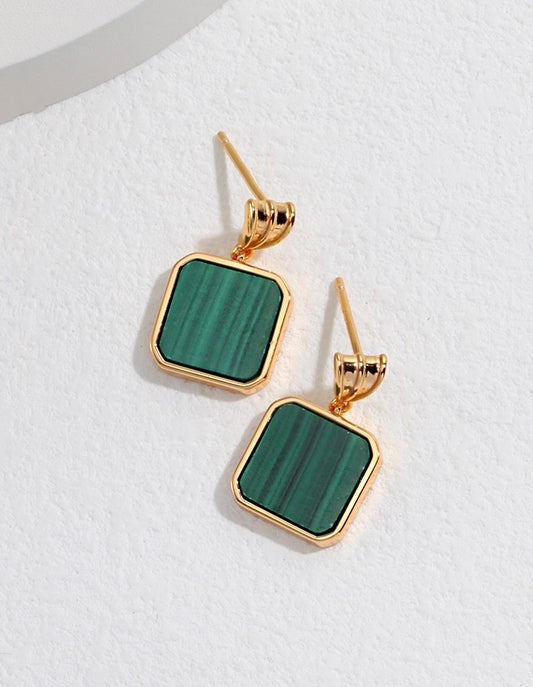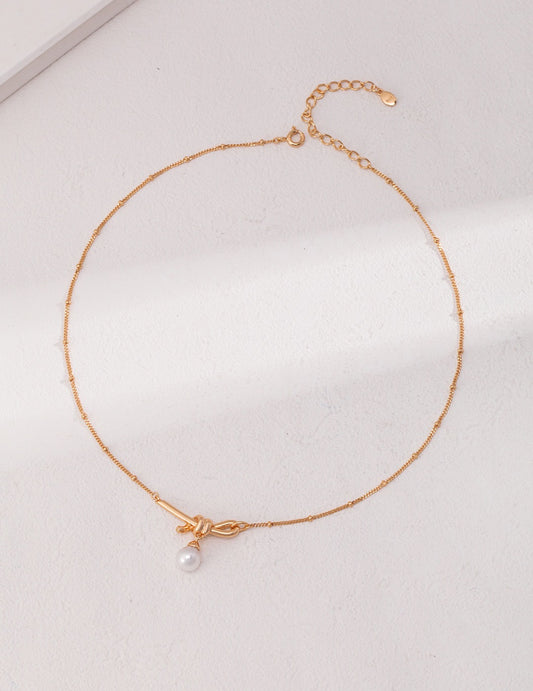Jewelry can enhance our style and express our individuality, but not all materials are created equal. While stainless steel is a popular choice due to its durability and affordability, there are potential downsides to wearing stainless steel jewelry. In contrast, silver and gold offer numerous benefits, both aesthetic and health-related. This blog explores the drawbacks of stainless steel jewelry and highlights the advantages of choosing silver or gold.
The Harm of Stainless Steel Jewelry
1. Allergic Reactions
One of the primary concerns with stainless steel jewelry is the possibility of allergic reactions. Stainless steel is an alloy typically composed of iron, chromium, and nickel. While many people can wear it without issues, nickel allergies are quite common. Research indicates that approximately 10-20% of the population may experience contact dermatitis due to nickel exposure. Symptoms can include itching, redness, and swelling.
2. Chemical Reactions
Stainless steel can sometimes react with skin chemistry, leading to discoloration or staining. This is particularly true when exposed to sweat, perfumes, or other cosmetics. The presence of nickel and other alloys can cause discoloration or tarnishing, which can be unsightly and may lead to skin irritation.
3. Durability vs. Longevity
While stainless steel is durable and resistant to scratches, it can still degrade over time. If not properly cared for, it can lose its shine and develop a dull appearance. Unlike precious metals like gold and silver, stainless steel jewelry often cannot be polished to restore its original luster.
4. Environmental Concerns
The production of stainless steel has environmental implications. The mining and refining processes for the metals involved can lead to habitat destruction, pollution, and significant energy consumption. As consumers increasingly seek sustainable options, stainless steel may not be the best choice.

Gold and silver jewelry collection (from Estincele)
The Benefits of Wearing Silver or Gold Jewelry
1. Hypoallergenic Properties
Both silver and gold, especially in their pure forms (sterling silver is 92.5% silver, while gold is typically alloyed with copper or other metals), are less likely to cause allergic reactions. Pure silver and gold do not contain nickel, making them ideal choices for individuals with sensitive skin. Studies show that hypoallergenic materials significantly reduce the risk of contact dermatitis.
2. Antimicrobial Properties
Silver is known for its antimicrobial properties. Scientific research has demonstrated that silver ions can inhibit the growth of bacteria and fungi. This makes silver jewelry not only aesthetically pleasing but also a healthier option, as it can help reduce the risk of skin infections.
3. Durability and Longevity
While gold and silver are softer metals than stainless steel, they are also more malleable, allowing for intricate designs. Gold, especially when alloyed with stronger metals, can be incredibly durable. With proper care, gold and silver jewelry can last a lifetime, often becoming cherished heirlooms. Regular polishing can maintain their shine and beauty.
4. Aesthetic Value and Investment
Gold and silver are classic choices that never go out of style. They have a timeless appeal and can elevate any outfit. Additionally, precious metals can be seen as investments. Gold, for instance, has historically maintained its value and is often used as a hedge against inflation. As demand for gold and silver increases, their market value may rise, making them wise long-term investments.
5. Sustainable Choices
Many jewelers now focus on sustainable sourcing practices, offering recycled gold and silver options. By choosing these materials, consumers can reduce their environmental footprint and support ethical mining practices.




